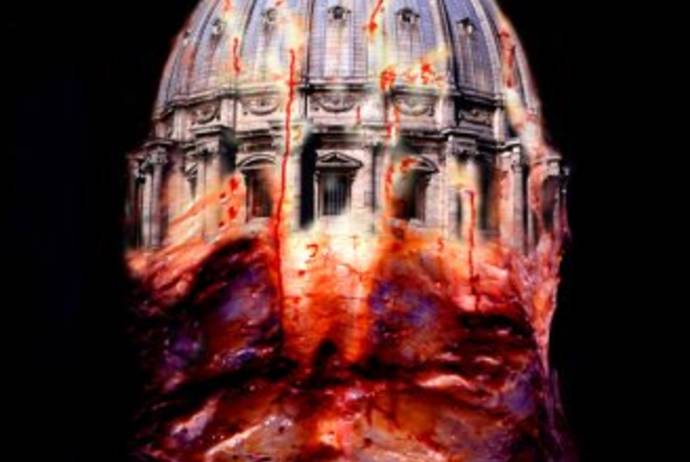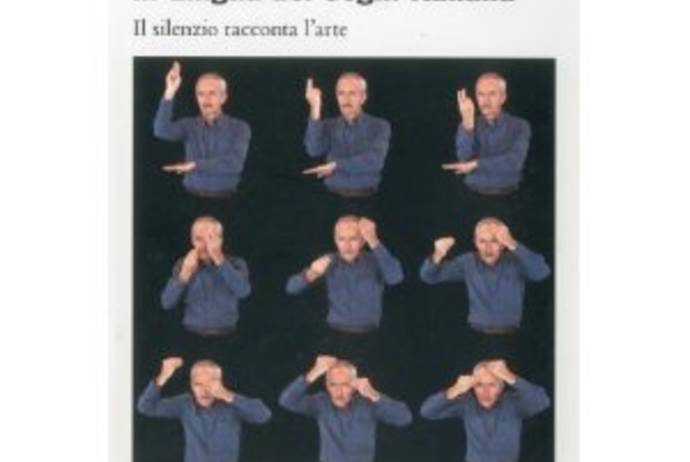“When I mention the name Stella, most people immediately say ‘Oh, Frank? The American painter?’ To which I then reply: “No, Joseph Stella, the Italian painter.” Some, usually the elite more involved in the art world will reply: ‘Oh, the one that painted the bridges.’ And this is why I felt the need to bring light to his work, and not just his depictions of the Brooklyn Bridge, but to the many dimensions that his work truly has.” - said Teresa Fiore, Inserra Chair in Italian and Italian American Studies at Montclair State University, when asked how the idea for creating a panel discussion on Joseph Stella was born.
Early in November, a panel discussion titled Joseph Stella’s Futurism between Italy and the U.S. was held at the Billy Johnson Auditorium of the Newark Museum (49 Washington Street, Newark, NJ). This educational and attention-grabbing event was organized and sponsored by the Inserra Chair in Italian and Italian American Studies at Montclair State University (New Jersey), in collaboration with the Newark Museum, the Consulate of Italy in Newark, the Embassy of Italy in Washington D.C. and the Department of Art and Design at Montclair State University.
The purpose of the panel was to shed light on the personality and life work of Joseph Stella, Italian born, American Futurist painter (1877-1946). An artist whose contribution to Futurism, and particularly American Futurism, is inexpressible, yet his name remains little known to the general public and those who know of him rarely know of the diversity of genres he painted, beyond the depictions of industrial America. The key objective of the presentation was to draw attention to the many faces of Stella’s work and to present the audience with a complete portrait of the artist, his life and his work: Stella as part of the Futurism movement and his role in bringing it to America, his life as part of the New York artistic avant-garde, Stella as the Italian immigrant and the works that resulted from his true presence in the everyday life of the blue-collar workers.
The evening started with a special opportunity offered to a small group of guests to view some of Joseph Stella’s works in the collection of the Newark Museum but not currently on display, which was then followed with a guided tour of the museum. The tour astutely ended in front of Stella’s celebrated Futurist polyptych “Voice of the City of New York Interpreted,” a five-panel altar-like rendition of the city of New York.
A large audience awaited in the auditorium for the prestigious group of announced speakers. The director of Newark Museum, Mary Sue Sweeney Price, welcomed everyone and spoke briefly about hers and the museum’s role in this project and introduced Dr. Teresa Fiore, who in turn thanked everyone who had made her endeavor of bringing this panel from an idea to realization possible. Beside the gratitude for the collaboration of the different entities involved, she spoke about the essence of the project and her initial attraction to the subject matter. Next to address the audience was The Consul of Italy in Newark, Andrea Barbaria, who spoke about the Consulate’s involvement and the insertion of this project into the calendar of cultural events in the celebration of the 150th Anniversary of the Unification of Italy.
Subsequently, Dr. Fiore introduced the speakers. Ara H. Merjian, Professor of Italian Studies and Art History at New York University, presented his treatise titled "The Feet of the Stars: Stella’s New York Future." His scholarly essay, accompanied by a slideshow presentation gave an erudite and solid background on Joseph Stella and his work, allowing those in the audience unfamiliar with the artist’s work to gain fundamental understanding of Stella’s style. Art Historian and Curator at Whitney Museum of American Art, Barbara Haskell, offered her expertise on the artist by introducing her in-depth work titled "Joseph Stella: The Conjunction of Worlds." As the title suggests, she introduced the audience to Stella’s different worlds, in art and in reality. She spoke of Stella as the man torn between two countries, his homeland Italy and the immigrant America, to then demonstrate how this feeling of constant misplacement and yearning for what was left behind resulted in various styles and specific subject matter of his paintings. Stella’s most recognized subject might have been the city and industrial America, but she presented an entirely OTHER side of Stella, one whose paintings can be called “a romantic celebration of joy.”
The next panelist was Renato Miracco, an art critic, Museum Curator and Cultural Attaché at the Italian Embassy in Washington D.C. Expert on Futurism, with his presentation, titled “Stella and the Futurists: Italian Itineraries in the American Museums," he aimed to cover the subject in depth. Having followed the detailed presentations of the previous panelists, he decided to change course and present only what he found most relevant to grant a complete understanding of Futurism. He stunned the audience with an amazing onomatopoeic performance of a Futurism March “Parole in Libertà.” He then introduced the broader project that he created and into which this panel was inserted. Pellegrino D’Acierno, Professor of Italian and Comparative Studies at Hofstra University “wore Stella’s hat” for the evening as he presented "A Reading from Stella’s Notes," and to the audience’s amusement he bore a striking resemblance to the artist himself. The evening concluded with a Q&A period and an array of refreshments, sponsored by the Italian Consulate in Newark, were served.
As New Yorkers we tend not to leave the city in search of cultural events, and this mindset may keep us from enlightening experiences such as this panel. A twenty-minute train ride divides New York City and Newark, and as I stepped off the train and wandered over to the subway station, I found myself at the foot of the Brooklyn Bridge and I stopped and smiled. It had a new meaning to me tonight. It was Stella’s bridge tonight, and for the first time, the bridge I saw and walked many times before, felt Italian. Initially I thought to myself that this was a truly ironic ending to the evening, because it seemed that Joseph Stella just could not escape from being associated with this landmark, but then I stood there for a while, just like Stella used to do and I realized that it was a wonderful and serene finale, because now I knew the OTHER Stella and I knew that I would never think of him again as “the one of the bridges.” Joseph Stella now had a new identity. He was the artist who is not afraid to try new things, one who is open to novel ideas and concepts, a risk taker, a dreamer, an avant-garde painter, an immigrant that yearned for the old and searched for identity in the new, an Italian and a New Yorker, an innovative leader of an art movement and a commoner and a local amongst the Lower East Side immigrant population. I felt as if I knew the man…







































